How Electric Cars And Smartphones Started A New Gold Rush
Most people do not consider that modern life relies on a wide range of materials. Technology products such as smartphones, electric cars, large-screen televisions and green energy generation depend on several elements that few have previously encountered. In fact, a mobile phone contains more than one third of the elements in the periodic table.
With the rising demand for these high‐tech products, the need for the core elements used in their production also increases. The supply of these elements is affected by various political, economic and geographical factors, thereby causing price fluctuations. Consequently, investment in the extraction of these metals involves considerable risk. The examples below illustrate prices that have increased in recent years.
Cobalt
Cobalt is a principal component in the advanced alloys used for modern jet engines and in the batteries that power our phones and electric cars. Registrations of electric cars increased from 200 000 in 2013 to 750 000 in 2016. This increase contributed to a rise in cobalt prices from 15 pounds per kilogram to nearly 70 pounds per kilogram over three years.
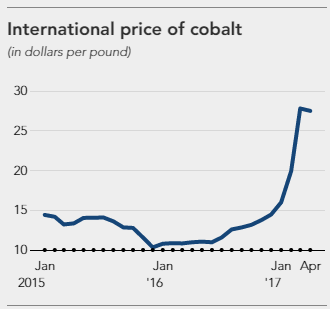
Rare Earth Elements include 17 metallic elements. They are typically recovered as by-products during large-scale extraction of Iron, Titanium or Uranium. The prices of individual Rare Earth Elements vary considerably. For example, Neodymium Oxide reached 93 pounds per kilogram at the end of 2017, given that growth in electric cars and wind energy raised the demand. Its price then fell to a level approximately 40% above the price recorded in 2016.
Indium
Indium is one of the rare metals on Earth. However, it is encountered daily because all tablets and touchscreens employ a very thin layer of Indium Tin Oxide. The element is primarily recovered as a by‐product of zinc mining. To obtain 1 gram of indium, it may be necessary to process 1 000 tonnes of ore.
Although indium is scarce, no alternative elements have been established for touchscreen production. Researchers are investigating whether the two‐dimensional form of carbon known as graphene may provide a solution. After a substantial decline in 2015, the market price for indium increased by 50% to approximately 350 pounds per kilogram during 2016–17, mainly because of its use in tablet screens.
Tungsten
Tungsten is one of the densest elements and has a density twice that of steel. In the past, tungsten was used for domestic lighting, in the form of fine tungsten filaments in incandescent light bulbs. Although LED lamps have largely replaced tungsten lamps, most individuals encounter tungsten‐containing products daily. Tungsten, together with cobalt and neodymium, is utilised to generate vibration in mobile phones. These three elements are employed in the motors within telephones to produce vibratory motion.
Tungsten, when combined with carbon or used to form tungsten carbide, is used as a tool for cutting metallic parts. It is applied in the aerospace, defence and automotive industries. It is also used in the manufacture of wear‐resistant components for drilling machines used in oil and gas extraction, mining and tunnelling.

 Bars
Bars
 Beads & Spheres
Beads & Spheres
 Bolts & Nuts
Bolts & Nuts
 Crucibles
Crucibles
 Discs
Discs
 Fibers & Fabrics
Fibers & Fabrics
 Films
Films
 Flake
Flake
 Foams
Foams
 Foil
Foil
 Granules
Granules
 Honeycombs
Honeycombs
 Ink
Ink
 Laminate
Laminate
 Lumps
Lumps
 Meshes
Meshes
 Metallised Film
Metallised Film
 Plate
Plate
 Powders
Powders
 Rod
Rod
 Sheets
Sheets
 Single Crystals
Single Crystals
 Sputtering Target
Sputtering Target
 Tubes
Tubes
 Washer
Washer
 Wires
Wires
 Converters & Calculators
Converters & Calculators
 Write for Us
Write for Us
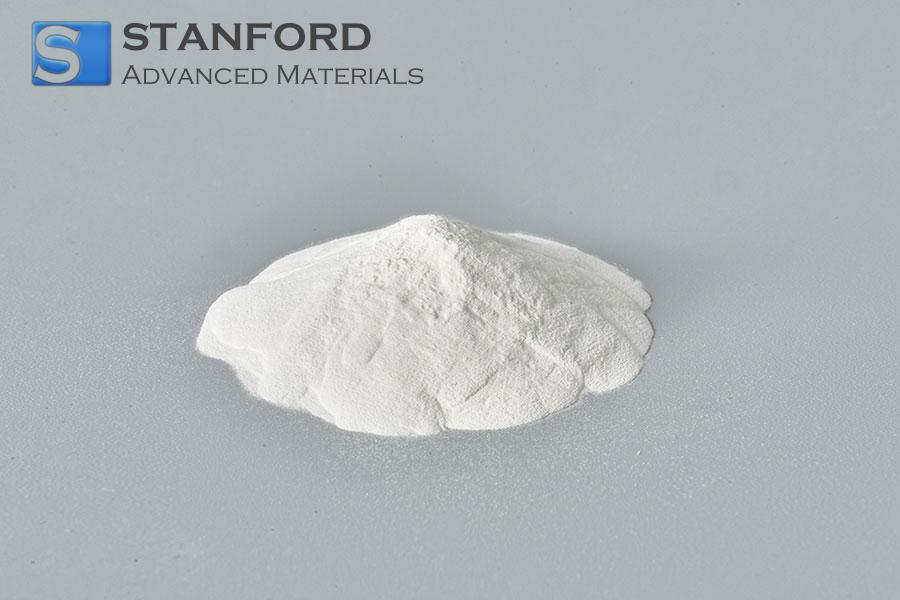
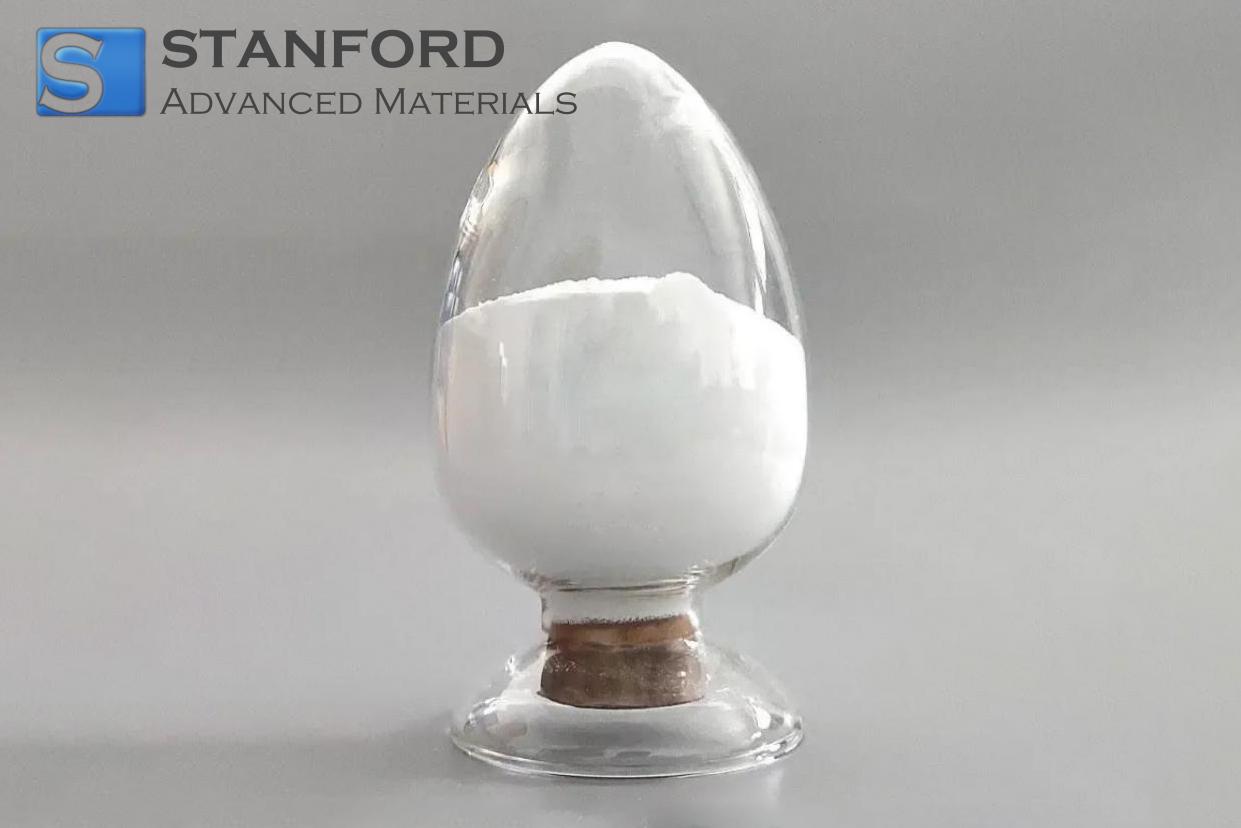
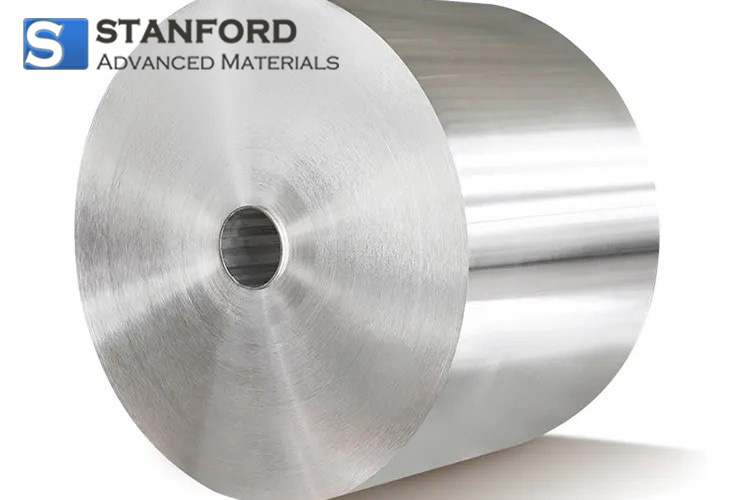
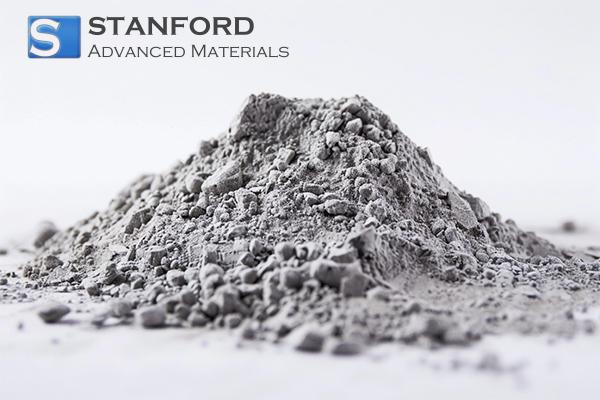
 Chin Trento
Chin Trento



